Industrial Report: Vacancy Climbs, Development Holds and Pricing Adjusts
Vacancy climbs and pricing adjusts, but construction and investment activity remain resilient in key industrial markets, Yardi Matrix data shows.

The U.S. industrial market is recalibrating following an unprecedented wave of development and shifting trade dynamics. According to Yardi Matrix’s July 2025 report, the sector is seeing elevated vacancy rates, a steady but cautious construction pipeline and cooling transaction activity in key regions.
While long-term demand drivers remain intact, near-term uncertainty—particularly around tariffs and tax policy—is influencing leasing and investment decisions.
Development activity remains elevated across key markets
As of June, 341.8 million square feet of industrial space was under construction nationally, representing 1.7 percent of total stock. Year-to-date completions reached 146.6 million square feet. The current pipeline aligns with pre-2020 levels—but its composition has shifted—with markets like Phoenix (4.0 percent of stock under construction), Dallas (3.0 percent) and Memphis (4.3 precent) leading activity.
The Battery Belt—stretching from Georgia to Michigan—has been a focal point for manufacturing development, particularly in electric vehicle battery production. However, recent changes to federal tax policy have introduced uncertainty, potentially impacting the viability of several projects in the region.
Other markets with notable construction activity include Denver (2.7 percent of stock), Houston (2.2 percent) and Columbus (1.9 percent), all of which are seeing continued development despite broader market headwinds. In contrast, metros like Boston (0.4 percent) and Cleveland (0.5 percent) are seeing limited new supply, reflecting more cautious expansion strategies.
Vacancy rises as leasing activity slows
The national vacancy rate rose to 9.0 percent in June, marking the highest point this decade. This increase follows a multi-year supply surge, with over 2 billion square feet delivered between 2020 and 2024. Leasing activity has slowed as companies delay decisions amid tariff negotiations and efforts to optimize existing supply chains, according to the Yardi Matrix report.
Miami, New Jersey and Chicago are among the markets with double-digit vacancy rates, reaching 11.8 percent, 11.0 percent and 12.3 percent respectively. These elevated levels reflect the impact of recent deliveries and shifting tenant demand.
Sales activity softens in high-demand regions
Industrial transactions totaled $27.6 billion in the first half of 2025. Among top-performing sales markets, New Jersey led with 1.7 billion dollars in volume and an average price of 251 dollars per square foot, followed by Dallas at 1.6 billion and Chicago at 1.5 billion.
Properties traded at an average of $130 per square foot. Southern California markets saw modest price declines from recent peaks: Inland Empire fell to $247 per square foot (from $287 in 2022), Orange County to $301 (from $343), and Los Angeles to $279 (from $316). Despite these adjustments, long-term fundamentals remain supported by infrastructure and limited development capacity.
Read the full report.

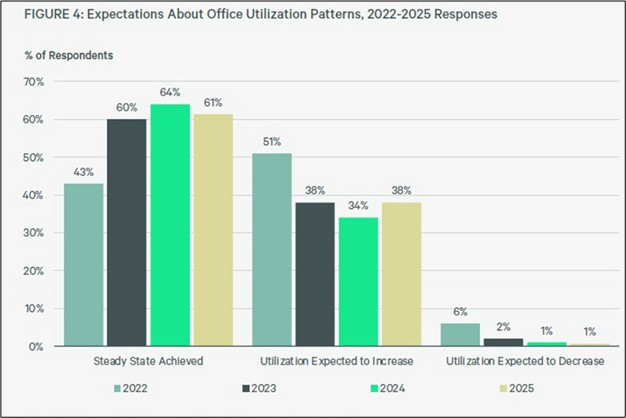
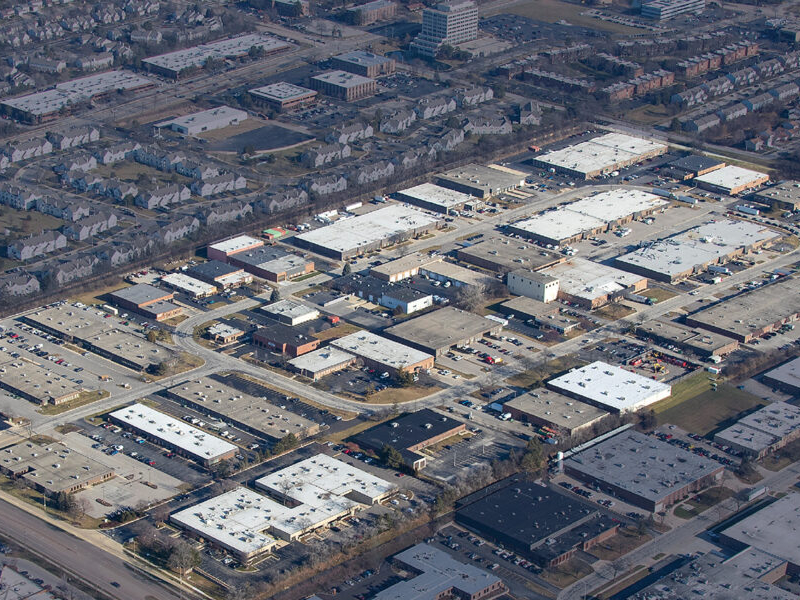
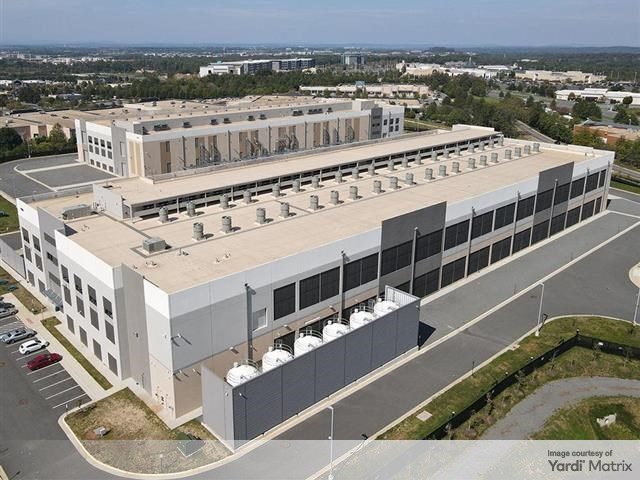
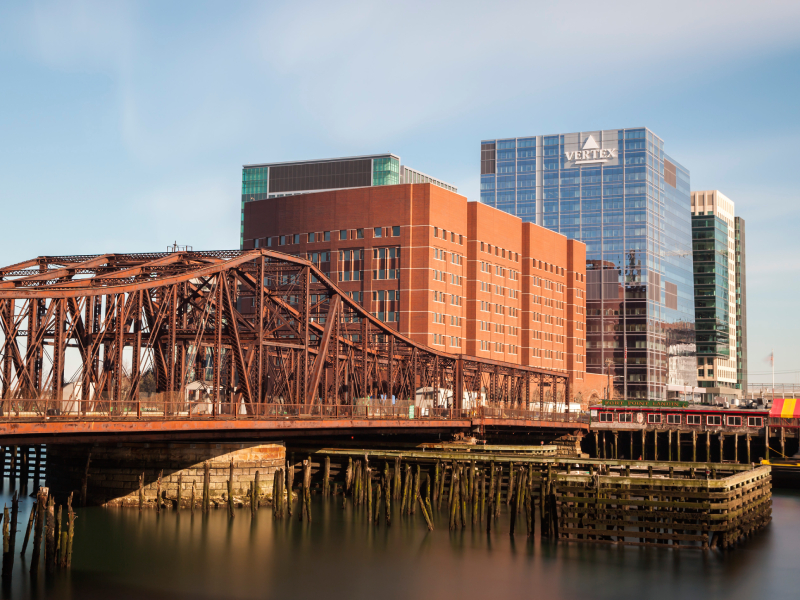
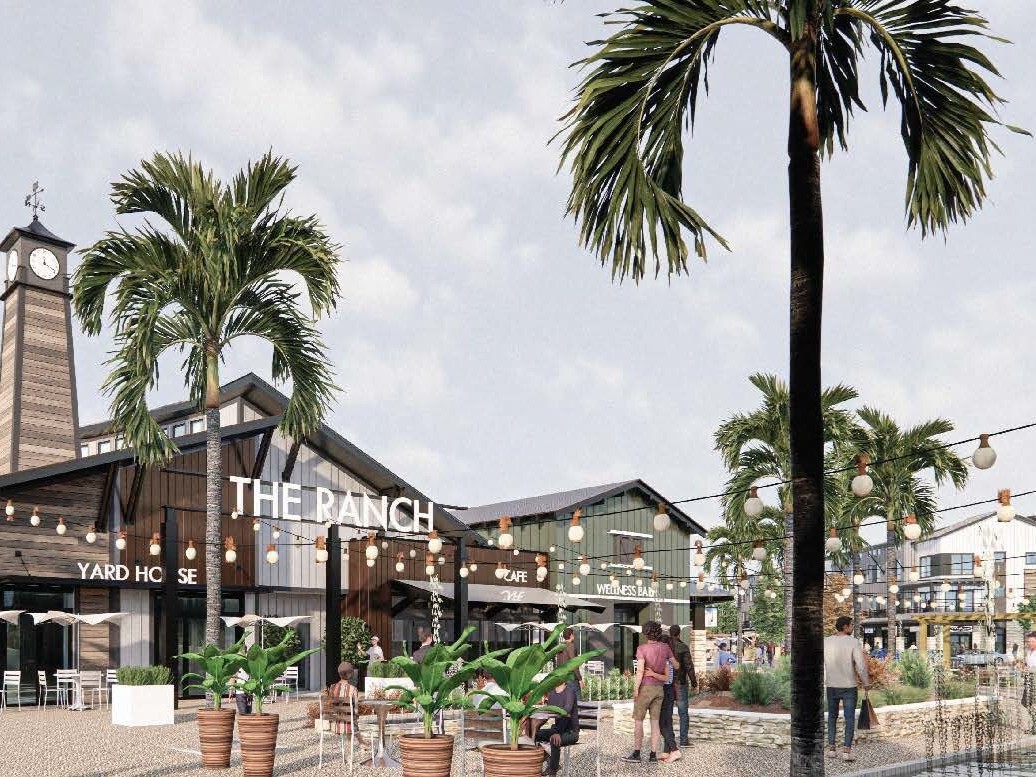
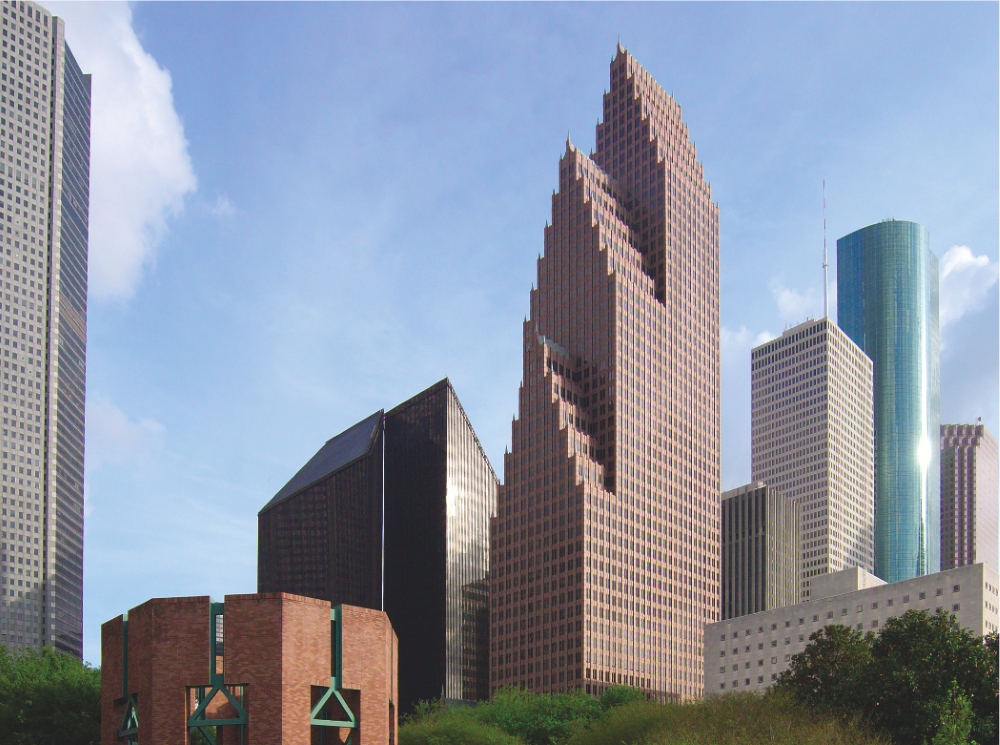
You must be logged in to post a comment.